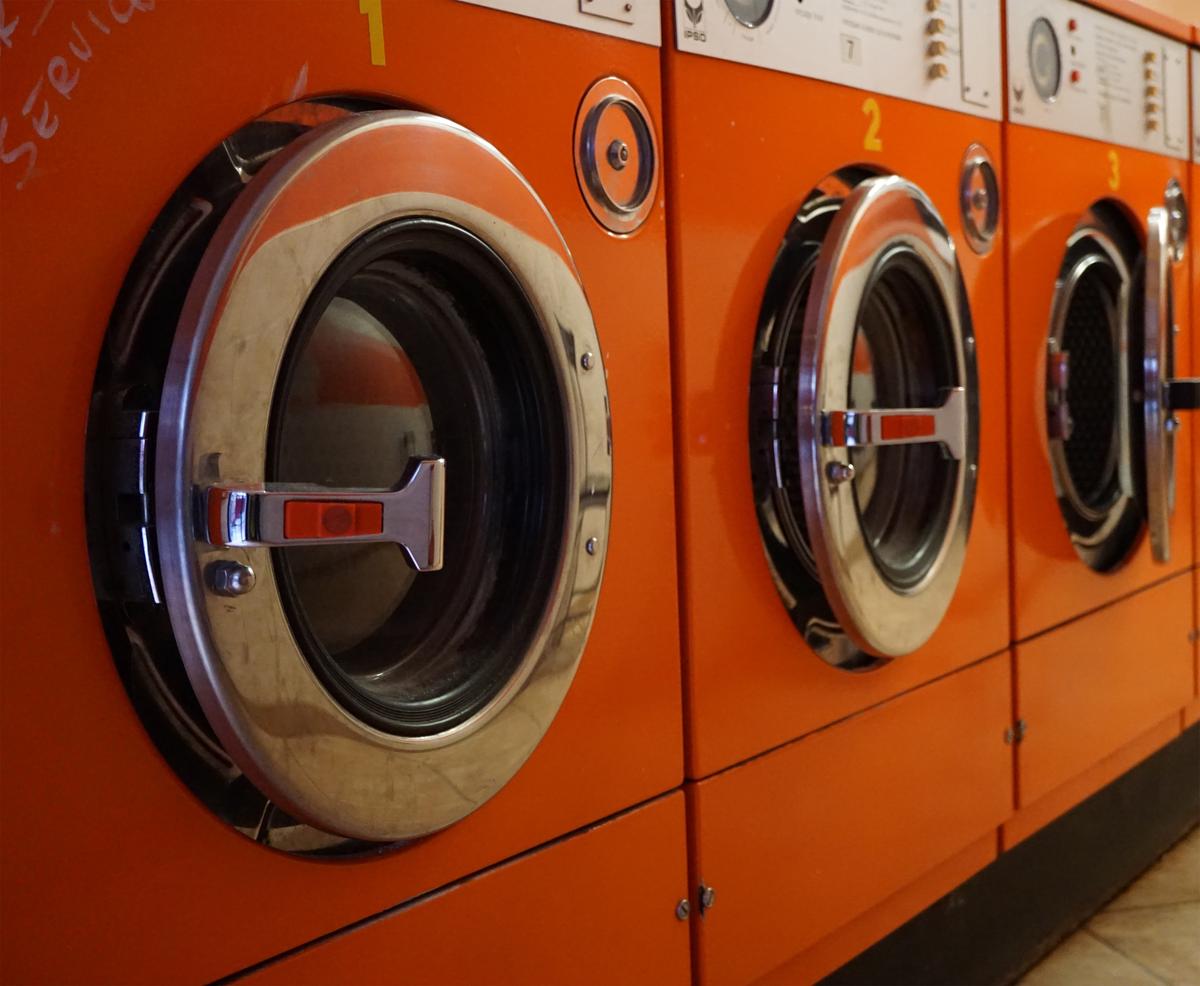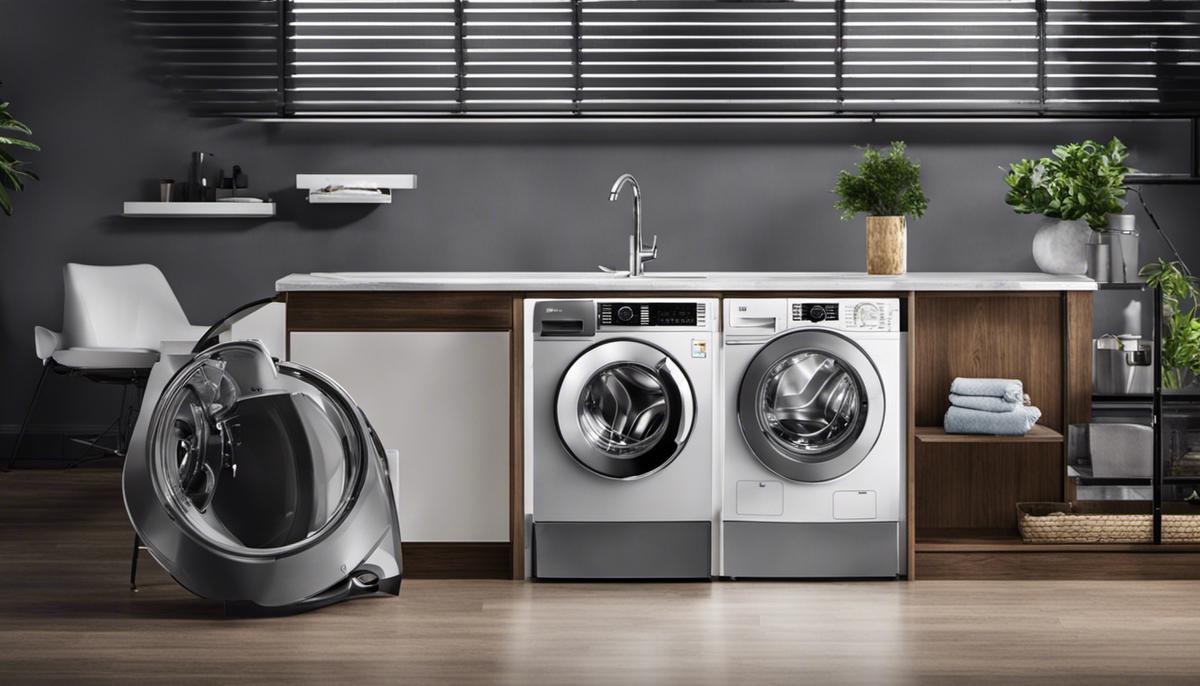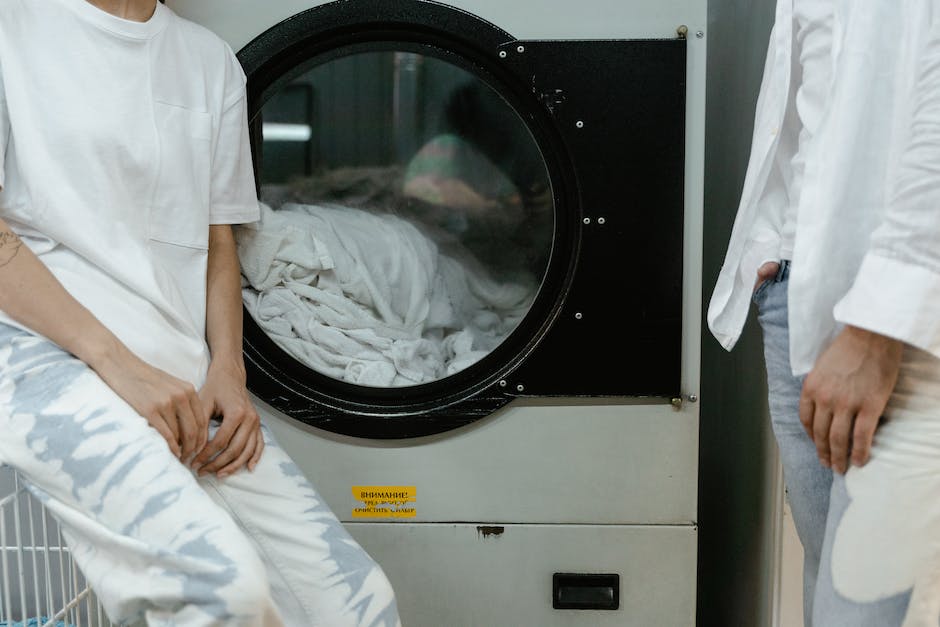Front Loader vs Top Loader: Which Washing Machine Wins?
In the world of home appliances, washing machines rank high on the list of essentials. The struggle, however, lies in choosing between a front loader and a top loader washing machine. Both types present unique features, functions, and pros and cons. This article distantangles the complexities surrounding these two appliance types. We will delve into their distinctions, efficiency, performance ratings, cost implications, and overall user experience and convenience. By the end of this piece, you will have an in-depth understanding to make an informed decision.
Understanding Washing Machine Types
Front Loader Washing Machines: How They Function and Their Features
Front loader washing machines, also referred to as horizontal-axis washers, operate uniquely, employing gravity in the washing process. When loaded, their drums rotate, flinging the clothes through the water in the drum horizontally. This motion repeatedly lifts and drops the clothes, providing an efficient wash.
Front loaders have a number of distinct features. Primarily, they are highly water-efficient, using significantly less water than their top-loading counterparts. They also generally boast better cleaning performance, better spinning (which means less drying time), and they are typically quieter. Moreover, front load washing machines present the advantage of stackability, implying you can stack a dryer on top to save space.
Downsides to Front Loader Washing Machines
Despite the obvious advantages, front loaders have their downsides as well. They often have longer cycle times as compared to top loaders. Bend-down loading, which might be inconvenient for some users, is required. Lastly, issues with mold and bad odors due to the way the door seals are common problems reported by several front load washer users.
Top Loader Washing Machines: Operating Mechanism and Features
Top loader washing machines, or vertical-axis washers, operate in a fundamentally different way. They fill a drum with water and then move the clothes around using either a central agitator or an impeller at the bottom.
A key feature of top-loading machines is the convenience of loading. Users can simply drop laundry items into the machine without the need to bend. They also generally have shorter cycle times compared to front loaders. Top-loaders are compatible with most types of detergents and present fewer issues with mold and odors.
Downsides to Top Loader Washing Machines
On the flip side, top loader washing machines have their limitations. They generally use more water and energy in each cycle compared to front loaders. They also tend to be harder on clothes, especially models with central agitators. Their spinning may not be as efficient as the front loaders’, leaving clothes wetter and requiring longer drying times. Lastly, unlike front-load machines, they cannot be stacked, and thus may not be the most suitable choice for cramped spaces.
Choosing between a front loader and a top loader washing machine often comes down to individual needs and preferences. While both types of machines have their pros and cons, it’s key to consider aspects such as water and energy efficiency, laundry habit requirements, and the machine’s ease of use. For instance, a front-loader might be the perfect choice for those prioritizing energy conservation, while others who value ease of loading and unloading may prefer the convenience of a top-loader.

Photo by tinabosse8 on Unsplash
Efficiency and Performance
Comparing Water and Energy Consumption of Front Loaders and Top Loaders
Front-load washing machines lead the pack in terms of water and energy consciousness. A typical front-loader will use about 13 gallons of water per load, which is considerably less than the 20 gallons used by an average top-loader. These characteristics make front-loaders an environmentally friendly option for those keen to reduce their water usage. In terms of energy usage, front-loaders are also more frugal. They use gravity to tumble clothes, leading to less energy being consumed during the spinning process. Conversely, top-loaders involve a more energized method of wash – they need a full tub of water and more power to agitate and spin clothes, making them slightly less efficient in energy usage.
Capacity and Size Comparison
Front-load washers typically have a larger capacity than top-load washers, allowing for bigger loads and less frequent washing. They don’t have an agitator or impeller, the central post present in top-load washers, which frees up space to accommodate more clothes. This additional capacity makes front-load washers ideal for large households or for those who prefer to do laundry less frequently. However, top-load washers are generally narrower and can fit into smaller spaces, which could be advantageous if you have limited laundry room space.
Quality of Cleaning and Care for Clothing
When it comes to the quality of cleaning, front-load washers have a slight advantage. They use gravity to tumble clothes into the water, a method effective at removing dirt and stains without being overly harsh. This gentle action also helps prolong the life of clothing, making them an attractive option for those with delicate fabrics. Contrarily, top-load washers clean clothes by using an agitator or impeller, which can be more strenuous on fabrics and cause wear over time. This could potentially lead to damage or a shorter lifespan for certain types of clothing.
Spin Speed and Noise Levels
Front-loaders usually have higher spin speeds than top-loaders. This efficient spinning helps remove more water from the clothes, reducing the drying time and thus saving energy. A drawback to high spin speeds, however, can be increased noise and vibration. Conversely, top loaders may operate with less noise as they typically have lower spin speeds.
Accessibility and Convenience
One advantage of top-load washers is accessibility. Users do not have to bend or kneel down to load or unload laundry, making them a convenient choice especially for people with back problems or mobility issues. Front loaders, while larger and more efficient, require bending to load and unload, which may not be the most comfortable position for everyone.
If you’re in the market for a new washing machine, one critical decision you must make is whether to opt for a front loader or a top loader. To make the right choice, evaluate your unique needs, preferences, and circumstances, paying close attention to aspects like space availability, laundry load frequency, clothing lifespan, energy efficiency, and your physical comfort.

Cost and Maintenance
Upfront Cost: Front Loaders vs Top Loaders
The first piece of the decision making puzzle is the initial purchase cost. Generally, top-loading washing machines tend to be more affordable than their front-loading counterparts. However, this is not a hard and fast rule – costs can vary widely based on brand and specific models. Nevertheless, it’s safe to anticipate that a top loader might be the more budget-friendly option initially.
Maintenance Expenses and Durability
Maintenance costs can vary greatly between top loader and front loader washing machines. Front loaders are often more energy-efficient and use less water than top loaders, which could result in lower utility bills over time. Front loaders also generally have a larger capacity, which can mean fewer loads and less wear and tear over time. Conversely, top loaders may have fewer parts to replace if repairs become necessary. In terms of durability, both types of machines can last up to 14 years with proper care and maintenance, though performance may decline over time.
Repair Concerns
In terms of repair concerns, front loader washing machines are often more expensive to fix when compared to top loaders. This is because they have more complex mechanics and are often stacked with dryers, which can make them harder to access for repairs. Additionally, a common issue with front loaders is the door seal, which can lead to leaks if not properly maintained. On the other hand, top loader washing machines generally have simpler designs and are often easier and less costly to repair.
Appreciation and Resale Value
In seeking to understand the potential resale value of front loader versus top loader washing machines, a range of factors come into play. These include the brand and model of the machine, in addition to its condition and age. Premium, designer branding, more energy-efficient models and machines boasting upscale features all aid in preserving the resale value, irrespective of their load style. Nonetheless, when comparing the two on a general level, front loaders are often credited with a marginally higher resale value. This is largely due to their modern aesthetic and efficiency quotient, contingent of course on their maintained state and operational status.

User Experience and Convenience
Ease and Convenience of Use
The decision to opt for a front loader or a top loader washing machine may hinge on the ease and comfort of loading and unloading the machine. As top-load washing machines generally require less physical strain to load or unload, this could confer significant advantage to individuals dealing with back issues or mobility constraints. Conversely, front-load washers stand lower, necessitating bending or squatting while loading or unloading.
Nevertheless, this issue is easily rectified in front-loaders through the use of a pedestal, enabling adjustment of the machine height to a more suitable level. Front-load models often come with the stackable feature, lending a degree of flexibility in environments where space is at a premium. Plus, the broader doors characteristic of front loaders facilitate ease of loading and unloading larger items, like comforters, a task that can prove to be more challenging with the more constricted openings of top loaders.
Noise Levels During Operation
In the context of noise levels during operation, both machines are designed to operate quietly. Yet, front-load washers generally tend to operate slightly more quietly compared to their top-loading counterparts. The reason for this is because front-loaders use less water and spins more evenly, hence tends to produce less jiggling and noise.
Whereas top-load washers, especially those with agitators, can be noisier as they get older. This type of noise is often caused by the agitating mechanism itself, which can be violent and jarring.
Availability of Extra Features
Modern front-loading washing machines generally come with more settings, features, and wash cycles in comparison to top-loading machines. These extra features can include adjustable spin speeds, delayed starts, and Wi-Fi connectivity, among others.
Top-loading machines, on the other hand, are catching up with front-loaders in terms of programmability. Still, due to the difference in wash mechanisms between the two, some special features like steaming, gentle wash using tumbling action, or extra rinse cycles are more common in front-loaders.
Space Considerations
If conserving space is a priority, front-loaders are a popular choice because they are stackable. Meaning, you can install the washer and dryer vertically to minimize the footprint. This configuration is often not possible with top-loading machines due to their lid-opening design. But top loaders might be preferable if you have abundant space and do not wish to bend over to load and unload your clothes.
While both types come in various sizes catering to different laundry volumes, top loaders, particularly those without agitators, tend to have a higher capacity, making them suitable for large families or heavy-duty washing.

The right washing machine for you ultimately depends on your individual needs, preferences, and circumstances. It’s important to consider not just the initial investment, but the long-term aspects as well, such as maintenance costs, performance, efficiency, and ease of use. As enlightening as this article is, ensure to evaluate your personal laundry habits, available space, and budget before making a decision. Whether you opt for a front loader or a top loader, you now possess the full information to make a choice that’s most suitable for your home and lifestyle.
Writio: The AI content writer. This article was crafted by Writio, the ultimate solution for creating engaging website content.

